Center for Disaster Risk Reduction and Community Development Studies
Vision
To be a Center of Excellence in Research in the field of Disaster Risk Reduction and Community Development Studies in Bhutan.
Mission
- To create adequate expertise in various disciplines of disaster risk reduction and community development studies for the benefit of society for enhanced awareness about the phenomenon and processes of natural and manmade disasters.
- Collaborate with the relevant government agencies and the other leading research institutes/organizations of other parts of the world in promoting disaster risk reduction using various scientific tools and thus to solve the problems of major loss during any disaster.
- Encourage individuals, groups of colleges and institutes under the Royal University of Bhutan to perform front-ranking research in science and technology.
- To promote scientific temper and awareness among the public and school children about disaster risk reduction leading to community development.
- Promotion of proven/viable technologies for harnessing of resources for the benefit of the local communities in the areas of construction of low-cost housing, use of locally available building materials for immediate housing construction after any disaster etc.
- To maximize the benefits that Bhutan could realize from her vast hilly regime for disaster risk reduction and community
development.
Center Activities and highlights

UAV monitoring during disaster
During the Toorsa flood of 5th October 2025, UAV-based monitoring was deployed to track stranded individuals and assess hazardous areas in real time. The aerial surveillance supported safe evacuation planning by identifying accessible routes and ensuring the protection of people and equipment. This operation was carried out in close collaboration with the disaster response teams from the RBP, RBA, and Phuentsholing Thromde. The use of UAVs significantly enhanced situational awareness and strengthened the overall effectiveness of the rescue efforts.
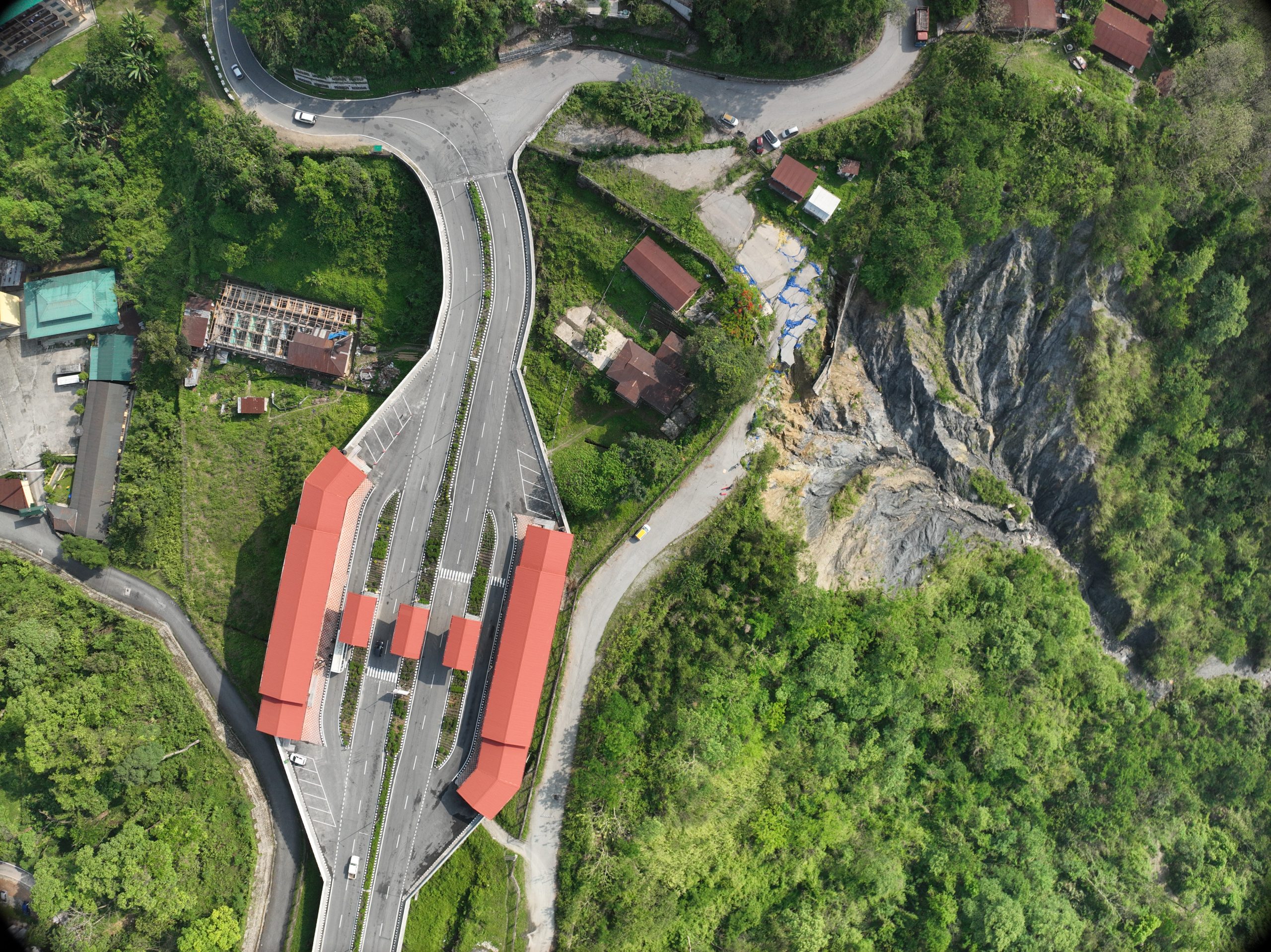
LiDAR survey for Landslide Assessment
A UAV-based LiDAR survey was conducted to assess an active landslide by generating a high-resolution DEM and detailed topographic data, including contours and nearby built features. The cm-level accuracy provides crucial insights into landslide behavior and gully formation during the monsoon, supporting targeted mitigation planning. This advanced UAV approach enables precise assessment of inaccessible and highly active slide zones where conventional survey methods are not feasible.

Activity 3
The study of ancient and modern languages, philosophy, history, and more. We take pride in offering top humanity courses from a dedicated and trained staff.
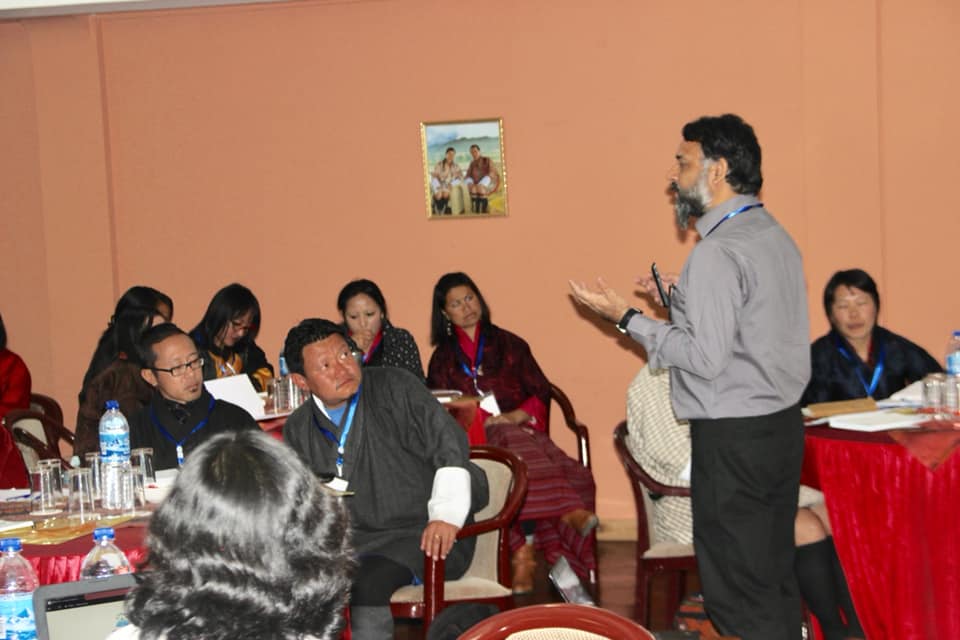
Event 1
The study encourages scientific reasoning, discoveries and inventions. Great teachers and well-equipped laboratories help students explore, discover and experiment new things under the best supervision.
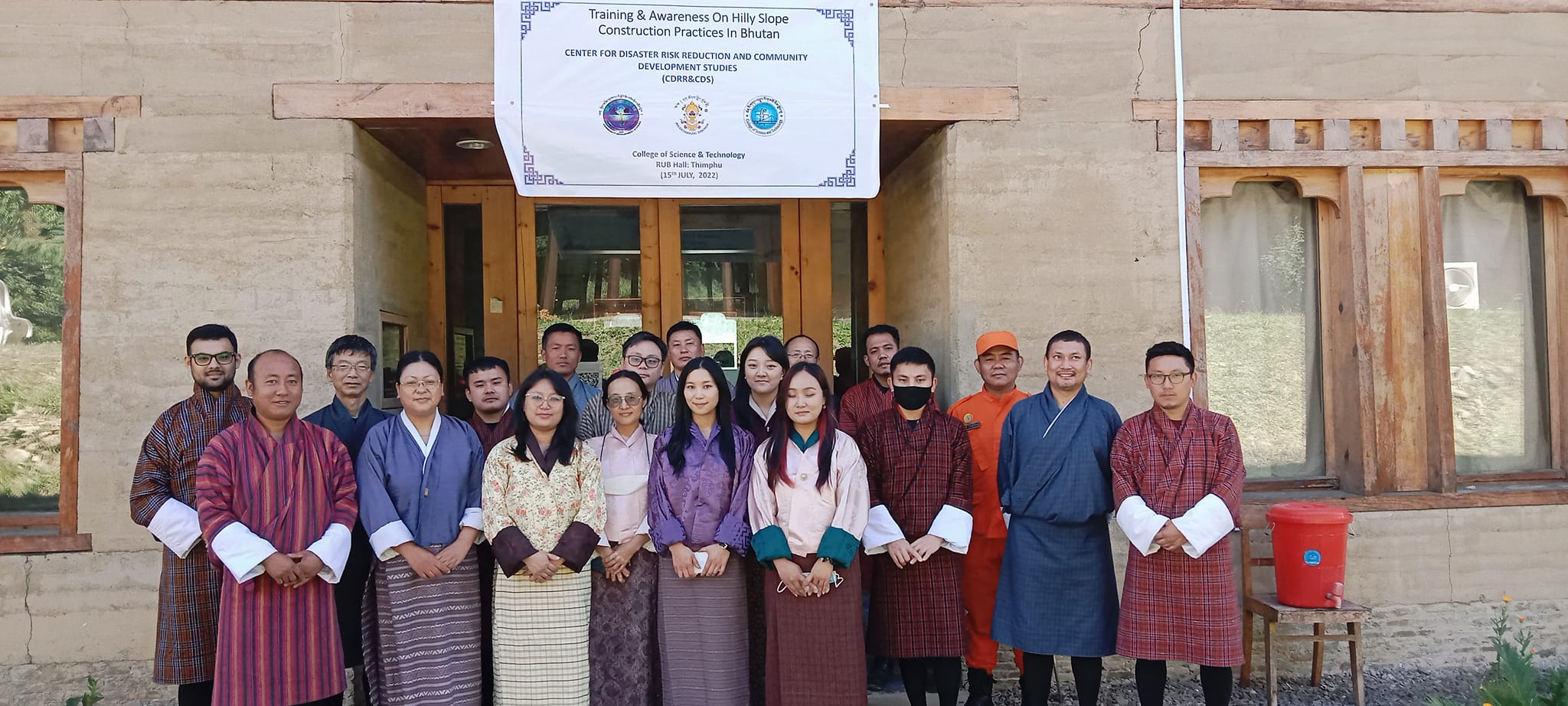
Event 2
Understanding the game of numbers and logic to solve real world problems. Learn mathematics from scholars and university toppers who not make it interesting, but also fun to learn.

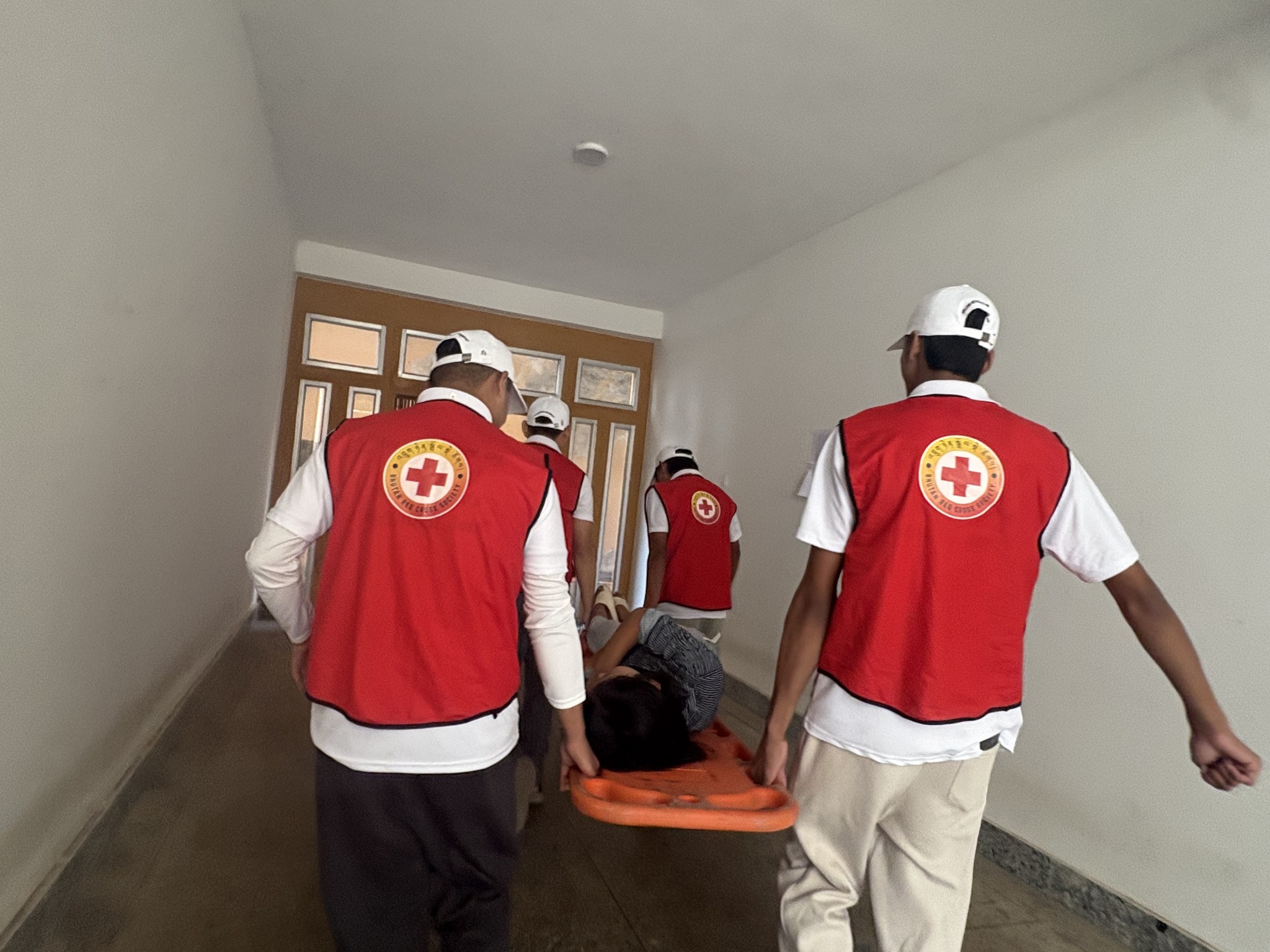

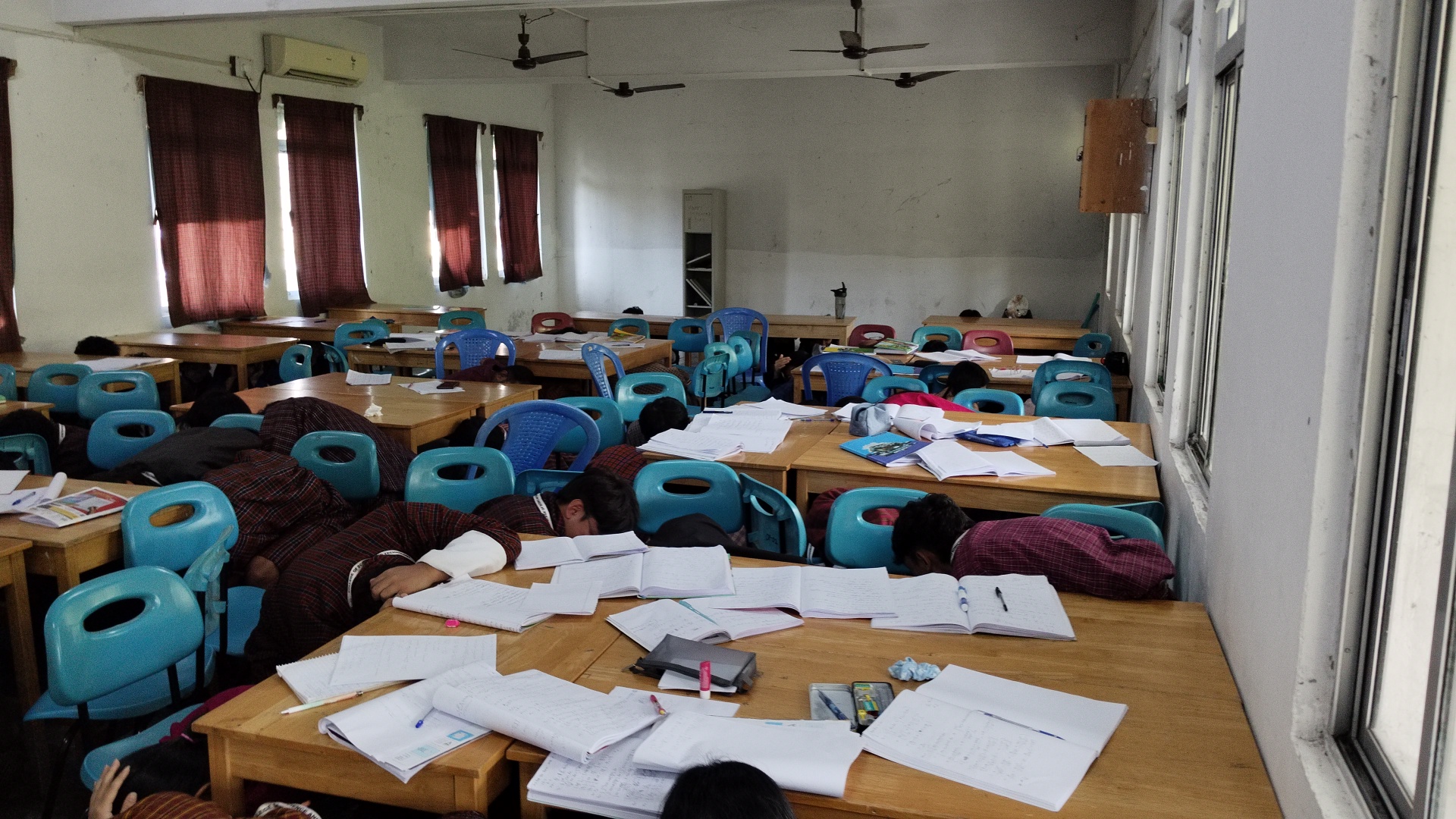
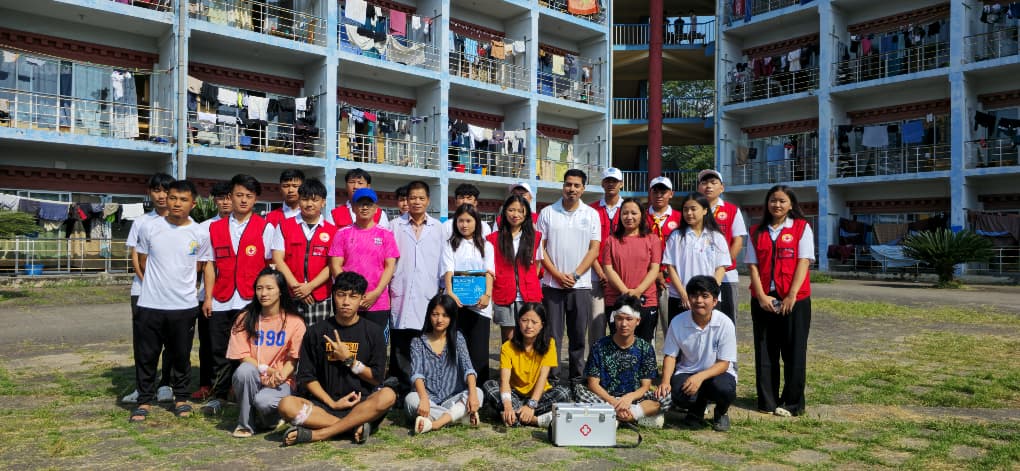
Mock Drill : Disaster Preparedness
The Center for Disaster Risk Reduction and Community Development Studies (CDRRCDS) at CST organized a Disaster Preparedness and Mitigation Awareness Program to strengthen understanding of earthquake hazards, safety practices, and emergency communication. A campus-wide mock drill was conducted to rehearse safe evacuation and coordinated rescue procedures, with active participation from students and staff. The exercise enhanced overall disaster readiness and reinforced a strong culture of safety within the CST campus.